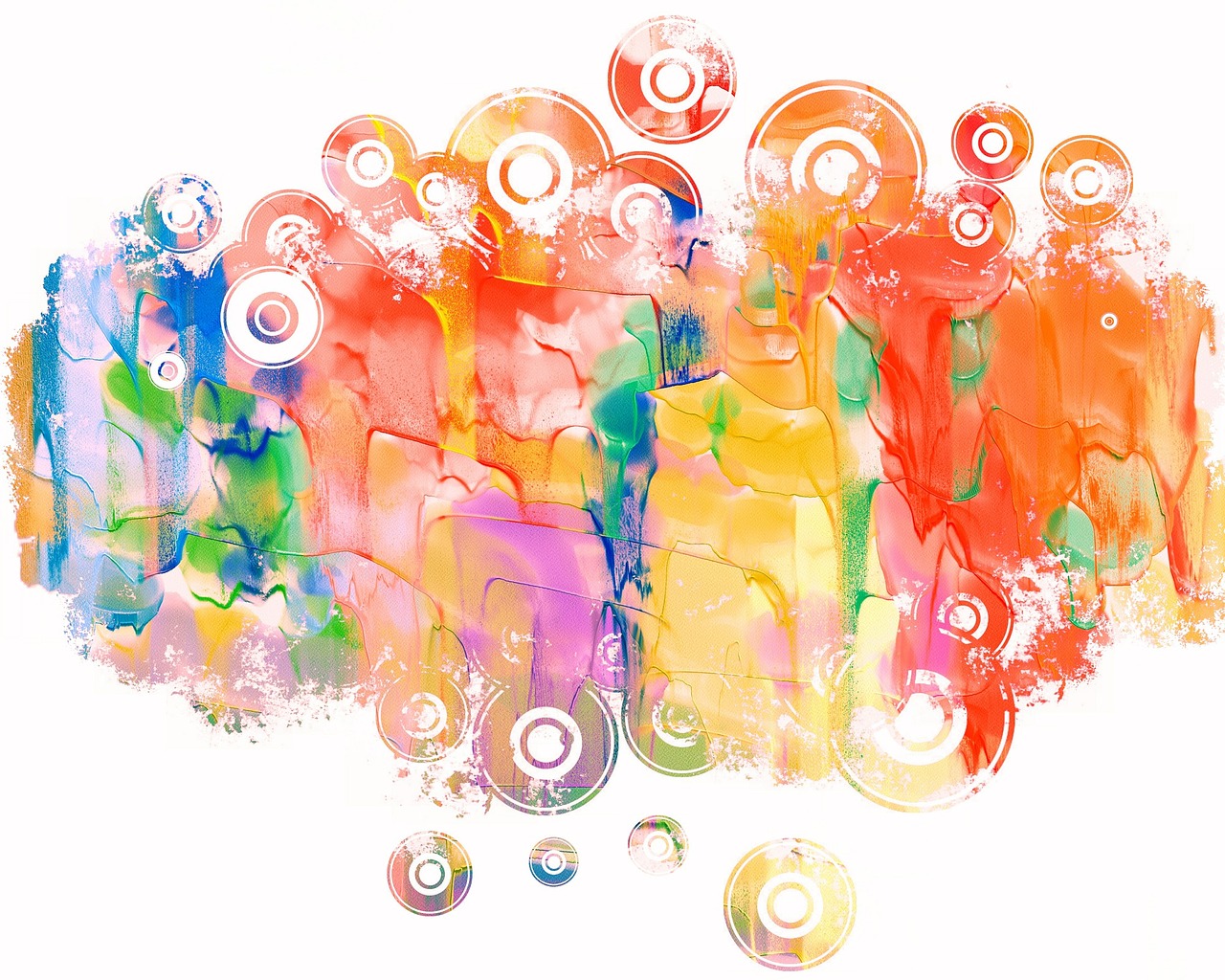 Starting this fall, we’re dedicating ourselves to a conversation about conflict in academia. Why? Because we want academia to achieve the potential benefits of conflict. If you’re interested in joining us in this conversation, consider signing up for our conflict skills snapshot.
Starting this fall, we’re dedicating ourselves to a conversation about conflict in academia. Why? Because we want academia to achieve the potential benefits of conflict. If you’re interested in joining us in this conversation, consider signing up for our conflict skills snapshot.
We, like so many others, are tired of the toll unresolved conflict takes. Moreover, we worry that the toll could be getting worse – on our campuses, and in our society. Maybe less typical, we’re worried that the potential of conflict is getting lost. We think that potential matters greatly to who we are and who we want to become.
Conflict’s Potential
We define conflict very broadly: to our way of thinking, it is any instance when ideas, needs, perspectives, power, or experience differ. Based on this definition, conflict may take many forms. Arguments or violence, yes – but too often we think only of those. It may also appear as discussion, conversation, questions, and silence. Conflict writ large is our experience of diversity, in all its challenges and potential.
That means we need to be able and willing to engage in conflict if we are going to make diversity work. This is true whether we’re talking about the diversity of our social identities, economic circumstances, disciplinary identities, personality quirks, analyses of data, or ideas about how to move our world forward. Actually, able and willing is not enough. We must seek conflict for it’s ability to reveal our differences. Through conflict, we deepen our understanding of what we can learn, see, and gain by bridging our divides. These are some of the significant benefits of conflict.
Achieving the Benefits of Conflict
To make this possible, we need to feel like we can make sense of conflict and engage with it productively. We think that Ken Thomas and Ralph Kilmann have contributed a big step in this direction. Their conflict mode model and the accompanying 30-question assessment tool helps apply this model to ourselves. For more information on the Thomas Kilmann Conflict Modes, read this post.
We’d like to build on this model to help make conflict a more meaningful experience in academia. It can facilitate learning, expand horizons, enliven classrooms, and inform research. We’d like to see departments benefit from interaction across sub-disciplines and methodologies. We envision hiring and tenure decisions that engage the most difficult questions in ways that everyone comes out better, more thoughtful, more whole. We’re committed to conversations that escalate into insight rather than injury. We seek interactions which teach us how to respect others while standing for what matters. We think that the Thomas Kilmann model, paired with ongoing conversation among people who are willing to learn new skills, can make a difference.
![]() Join us if you’d like be part of the conversation, too.
Join us if you’d like be part of the conversation, too.



